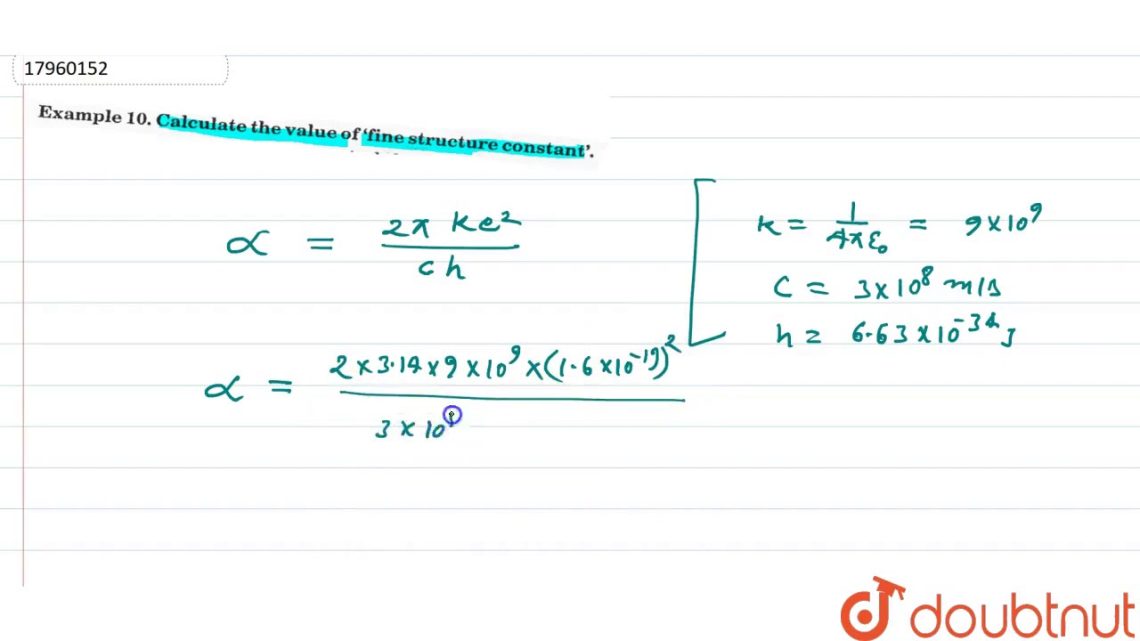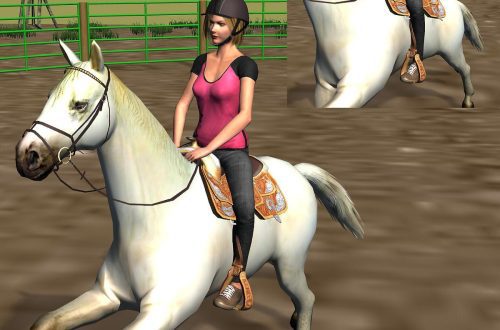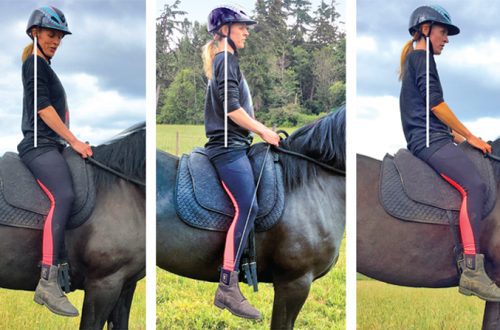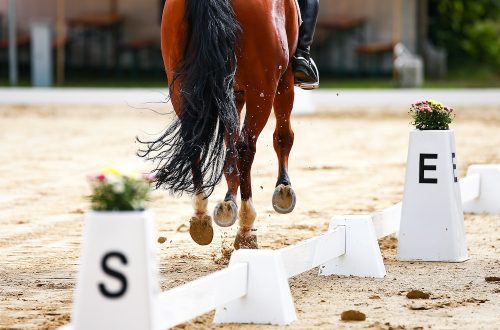
Fine calculation
Fine calculation
Every jumping rider, sooner or later, is faced with the question of calculating the take-off point to which he must bring the horse before the jump. How to learn to see and calculate the distance? After all, not every horse will bring you to the optimal point for the jump.
Distance calculation is not as easy as it seems. You must be able to see his to help the horse in time, shorten it or ride wider.
This valuable skill can be acquired by completing special exercises.
Start moving at a working canter along the wall of the arena. Focus on rhythm. The horse should not move in jerks, you should not drag it, sending it out at every pace. You will notice that there is a certain cadence. Hitting the ground with your hind legs when you take off, then with your front legs.
Try to synchronize with the horse. Count these beats aloud: “One-two.”
Once you’ve stabilized and gotten into a rhythm, try simply saying “One” as the horse’s front feet hit the ground (depending on the direction of travel, left or right, this will be the left or right front hoof).
Then choose a specific landmark for yourself, such as a letter in the arena. Each time you ride past her, start counting paces from one to ten, in sync with your horse. This will prepare you for further work on learning the skill of calculating distance.
Now it’s time to move on. Instead of saying “One” on the first pace, say the word “Earth” (this is very important to start forming a habit). Then continue “one, two, three, four”, etc. Now, when you pass obstacles at two paces or more, you can use the same method to calculate the distance. As soon as your horse’s front feet touch the ground after the first jump, say “Ground”. Then count the pace out loud. Until the horse pushes off to enter the next barrier.
Don’t forget, on landing we don’t start counting from the number “One”, but say “Earth”! You are not counting the beats of the hooves, but the pace. On the Ground count, the horse has not yet completed the previous stride and has not landed completely. Over time, you will gain experience and will determine by eye how many paces the horse needs to cover a certain distance. And also, whether you need to go on yourself or on your own. This will greatly facilitate your task during the route.
Considering the issue of calculating the distance, I would like to dwell on such a concept as overtempo.
You lead the horse, seemingly seeing the right takeoff point, but at the last moment the horse makes an extra short pace. Once you have determined that this problem is not related to the health and physical condition of the horse, let’s try to get to the bottom of it. Try jumping on other horses. If the problem has disappeared, then you obviously see the calculation and the reason in the case of this particular horse should be sought elsewhere. Perhaps it lies in the fact that you relax before the jump, drop your horse, do not bring it to the end of the take-off point. As you approach the barrier, you release your leg, don’t move your horse. Even if the horse goes to the fence on its own, you should not leave it. Stay with her until the end.
The whole point is that by such actions, you disturb the balance and balance of the horse. While you were accompanying and moving it, the balance was different, and the horse was preparing to jump from this state. By shifting the balance, by throwing the horse, you have thrown it to the front balance. Now the horse may feel that he does not have enough opportunities to make a jump from the point where you were riding, and he will decide to come closer, overtemperate.
For the same reasons, the rider should not fall on the neck and drop the reins before jumping. This is called getting ahead of the horse, jumping before it. It is extremely important to stop overtempo at the moment of its occurrence – it should not become a habit for your horse. To do this, you need to restore normal contact and rhythm so that both you and the horse can hit the optimum rebound point.
It will also be useful exercise: Install a single cavaletti (not higher than 40 cm in height). Climbing this height won’t put any strain on you or your horse. Begin to canter over this pole. Follow only the rhythm, do not look down, do not change the pace of the canter.
This exercise will help you establish the right rhythm. This height will not provoke the horse to overtempo, even if he enters the pole from an uncomfortable point. Don’t focus on the jump. It’s just a gallop pace. Relax yourself so that the horse can relax too. Once you can complete the exercise on one pole, you can add another one at 3-4 paces of your horse’s normal working canter. The distance will not be as great as if you were overcoming meter-long Chukhons, keep this in mind. Most importantly, equalize the distance so that the horse does not feel the need to accelerate or reduce the pace of the canter. As soon as you feel that the horse passes cavaletti without any problems, does not lose rhythm and contact with it is maintained, you can safely return to jumping over obstacles. You are ready.
Valeria Smirnova based on site materials http://www.horsechannel.com/





